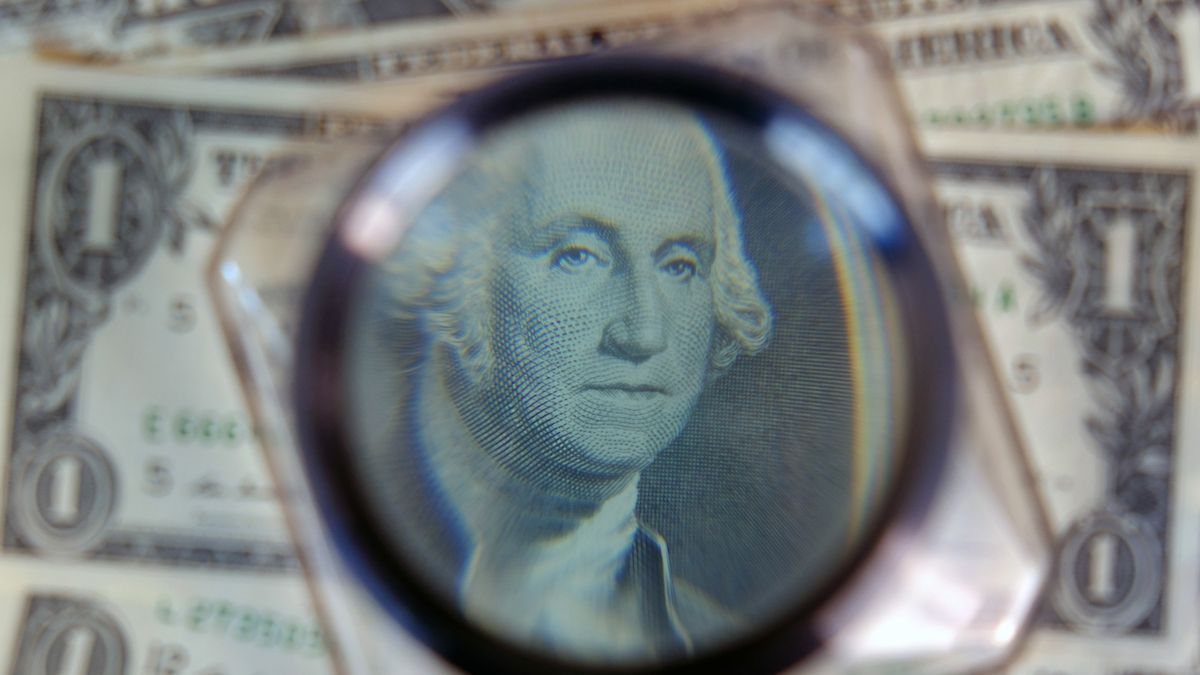With the data of inflation highest in 32 years also came a battery of relief measures promoted by Sergio Massa, Minister of Economy and presidential candidate for Unión por la Patria, who aim for the activity to continue to have dynamism. However, there is concern about boomerang effect that this injection of liquidity could have In the economy
The measures are around twenty and range from the return of the Value Added Tax (VAT) on purchases of the basic basket, through the new profit flooruntil zero withholdings for regional economies and the liberation of the Import System of the Republic Argentina (SIRA).
In this way, the Government seeks to appease the shock wave of the devaluation of the official exchange rate (22%) on August 14 and get a little ahead of the economy that has been putting liquidity in the pockets of Argentines So the official expectation is that all this will be reflected in consumption, but analysts warn about the disadvantages they could bring.
A new Platita Plan?
The measures come at a critical time. In the midst of uncontrolled price dynamics, in which promote consumption of the most neglected sectors and affected by the devaluation and subsequent escalation of prices, it is more than urgent in this context. Thus, a universe of more than nine million people will be reached by this relief.
Despite the official effort, both economists and the opposition They have criticized Massa’s measures and called them “a new Platita Plan”, which they say has electoral purposes. In his view, the guidelines only the problems of the economy will worsen.
However, the Executive does not have a direct transfer of prices, since in addition to the measures they work on adjusting the prices. price controls, as well as in agreements with large supermarkets to keep them at bay, according to official sources.
Inflation: the market’s magnifying glass on Massa’s measures
So much JP Morgan as Moody’s they project a double-digit monthly inflation until the end of the year after the Government opted “for a one-time discrete correction of 22% of the official exchange rate after the primary elections” because, compared to previous devaluation episodes.
“The transmission to prices would be much stronger this time and most of it would occur in the first two months after the devaluation, amid the lack of a stabilization program, a persistently wide exchange gap and high inflationary inertia,” the entity warned.
The Wall Street bank also pointed out that the impact of the devaluation will evaporate due to inflation and that will lead to the need for an even greater exchange rate jump. This coincides with the view of some economists consulted by Ambit, who consider that some measures announced by Massa “are on the right path” but leave certain doubts such as: What will happen with the increased issuance that these announcements will require and what pressure will it exert on exchange rates and prices.
Fiscal cost of the measures
They maintain that “it is not enough to improve the economic situation of I homed thems and that the fiscal cost will be around $350.00 million. In short, they say it is “a little more of the same.”
A report prepared by Consultatio Investments maintains that in addition to the delay in regulated prices and the real exchange rate, the relief measures will complicate the starting point for the next government, since what is promoted by the current administration promises greater pressure about future inflation.
This also complicates the fulfillment of the goals set forth in the Budget 2024where stipulates a inflation of 70%, one dollar at $600 and a GDP deficit of 0.9%. For the aforementioned consulting firm, “inflation will continue to deepen, which in turn implies that the effect of the devaluation of the official exchange rate “it will liquefy in record time and the exchange rate in real terms will return to price levels due to the exchange rate jump.”
And, as he explains Andrés Reschinimeasures “they are going in the right direction” since it is “very necessary to lower the tax pressure.” The issue is that it is done “without a plan that integrates them and we know that The State is going to continue spending what it stops earning“, so it is very likely that they will exert “more pressure on the price level and the exchange rate.”
salaries-wallet-pocket-spending-consumption-pesos
The measures seek to bring relief to the pocket.
freepik.es
For the economist Federico Glustein, the measures are late and do not improve the economic situation of households. He thinks they will end”adding more gasoline to the inflationary fire, since There will be no spending adjustment, quite the opposite,” he warns.
For Salvador Vitellihead of Research at Romano Group, Massa’s relief policy “It’s a bit reckless“. As the analyst explains well, this strongly harms the public accounts, since “they are not sufficiently comfortable and ultimately this can attract greater monetization of the deficit.” generating inflationary pressures.
In line with the other analysts, he celebrates the reduction in taxes, but highlights the problem that this reduction in taxes “always has to be attached a reduction in spending because if not, sooner or later, “the famous monetary issue” ends up being more debt-taking.
Vitelli concludes by saying that these measures could represent almost 2 points of the Gross Domestic Product (GDP) in fiscal costs and expresses concern about how this expense will be financed, given the previous high monetary emission and low demand for money, which increases the risk of inflation and “even hyperinflation.”
Source: Ambito
I am a 24-year-old writer and journalist who has been working in the news industry for the past two years. I write primarily about market news, so if you’re looking for insights into what’s going on in the stock market or economic indicators, you’ve come to the right place. I also dabble in writing articles on lifestyle trends and pop culture news.




